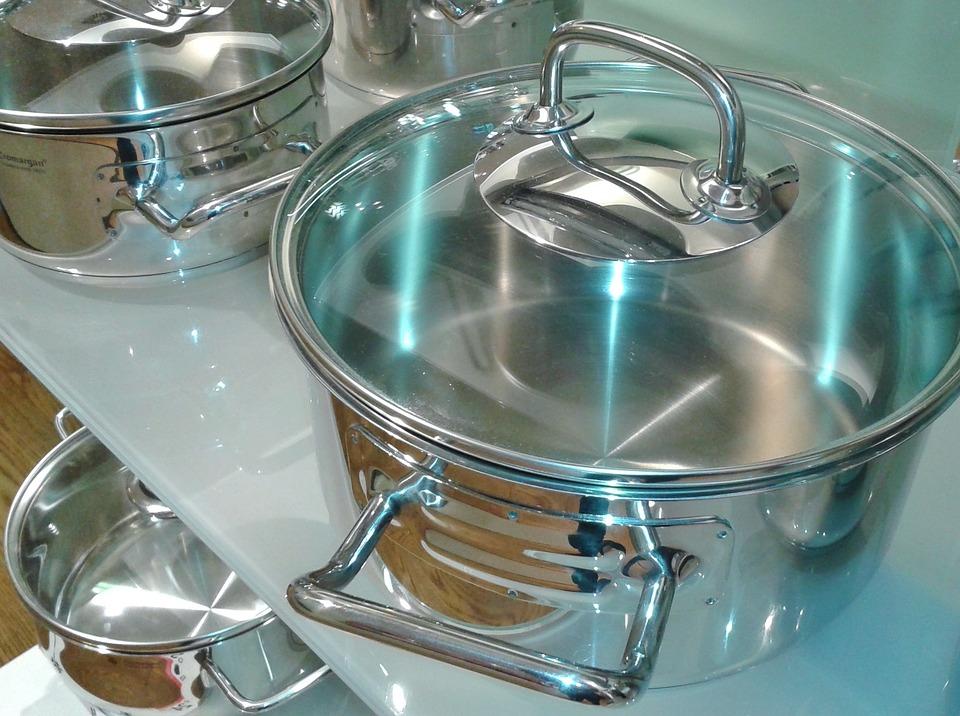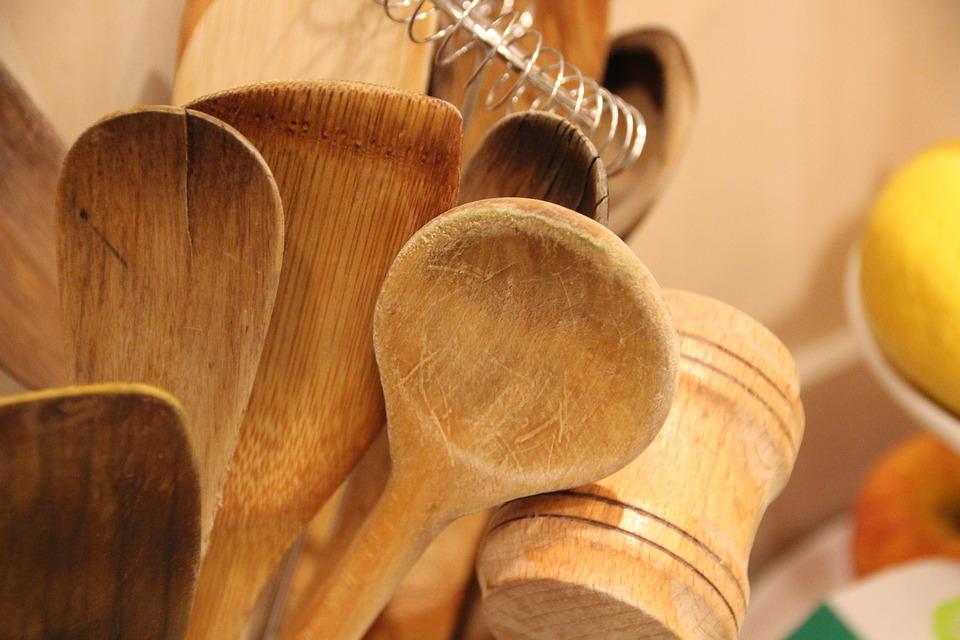Are you tired of replacing scratched non-stick pans or concerned about their health concerns? Stainless steel is a perfect cookware choice for you. Both home and professional chefs prefer this versatile material because it can cook food evenly and quickly.
If you want the best non-toxic cookware for a healthy kitchen, stainless steel is one of the best choices. Stainless steel cookware will go a long way if you need deep sear, shallow frying, or blanching veggies. While stainless steel is durable, it requires careful usage to avoid sticking food to your pan. Here are a few tips for using this safe cookware like a pro.

Source Pixabay
Pick the Right Cooking Tools:
Just like non-toxic bakeware is imperative for your oven, you need safe cooking tools for your stainless steel cookware. Silicone cooking tools are known to be suitable for this type of material as it protects the stainless steel surface. However, you can also use heat-resistant plastic or wooden tools.
Unlike its non-stick alternatives, stainless steel can afford the usage of metal utensils, balloon whisks, and spoons. That said, you need to be careful when removing the top rim as it contains an aluminum core, and knocking on the rim can damage the core. Moreover, immersion blenders work best with this safe cookware material.

Source Pixabay
Never Skip Preheating
Preheating your stainless steel pan is as essential as salt to your food. Adding oil to the cold surface of a stainless steel pan is a recipe for disaster, as food will stick, and removing the stains will catch you off guard.
When heated, stainless steel expands and seals all the pores of your pan, creating a stick-resistant surface and simplifying your cooking. But how to know if your stainless steel pan has acquired an appropriate temperature?
The answer is the “Water Droplet test.” Pour a drop of water when you feel your pan has gotten enough heat. If the drop of splash sizzles and rolls around the pan, your pan is fully preheated and ready for cooking.
Avoid Harsh Cleaning Agents
If you skip preheating, you will end up with stubborn stains due to the sticking of food. To top it off, you will use harsh cleaning agents to get rid of the stains, which is never a good way to proceed. Never use harsh cleaning supplies and abrasion pads on stainless steel cookware if you want your cookware to last longer.
Similarly, wool and steel brushes are also not recommended as they leave tiny particles on the surface, leading to rusting and ultimately causing irreversible damage to your pan. Alternatively, abrasive nylon pads are highly recommended to remove tough stains and protect the quality of your stainless steel cookware.
Avoid Temperature Fluctuations:
You can not prepare food evenly on the warped surface of the cookware. Though stainless steel cookware is durable and less prone to warping, you still need to be cautious. For instance, low-quality pans have a thin surface that exhibits high warping risks. Therefore, always invest in the safest non-toxic cookware.
Secondly, do not abruptly change the temperature of your cookware. Metals tend to expand when heated and contract when cooled. Changing the temperature quickly can result in a thermal shock, leading to warping. Therefore, do not heat up your pan at high temperatures. Similarly, avoid cooling them down quickly by shifting them directly from the stove to a water source.
Minimize Salt Exposure:
Salt is an enemy to your stainless steel pan, so do not let it reside in your pan for too long. If your recipe involves salt water, do not add salt until the water starts boiling. Salt, if added before boiling, can lead to pitting, damaging your cookware, reducing its performance, and affecting its slick look. Therefore, let the water reach its boiling point, and then add salt to prevent pits in your cookware.
Final Words:
With its extreme durability, stainless steel is one of the best non-toxic cookware materials and a preferred choice of professionals and home chefs. However, you must be vigilant while using this cookware material to get the most out of this versatile, safe, non-toxic option. From preheating to cleaning with soft supplies, these smart tips will ensure a pleasant cooking experience and keep your stainless steel cookware fresh for the years to come.





